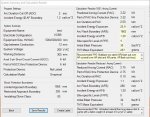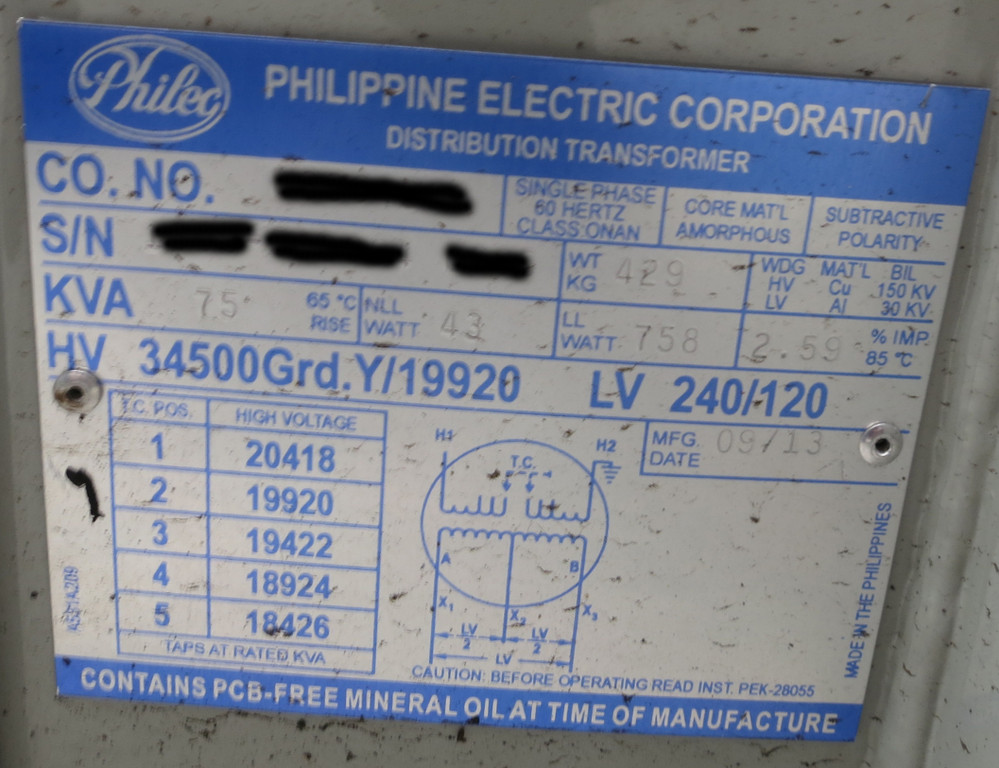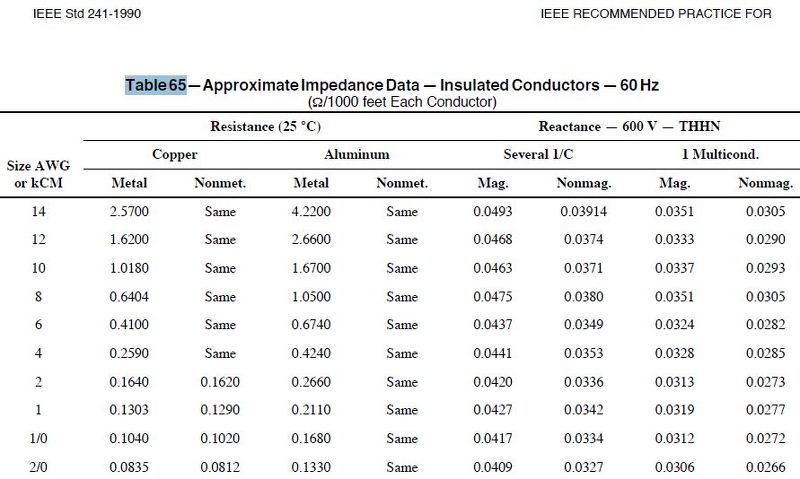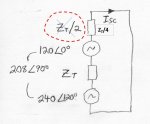
After determining the bolted short circuit current (using different methods) at the breaker is 6000A. I entered it in the free software (up to 208v only) above with 12mm gap and 2 secs clearing time. T
he incident energy at 305mm away is 25.9cal/cm2 and arch flash boundary is 1.662 meters (1.2cal/cm2). It horrified me. The free software is:
http://arcadvisor.com/arc-flash-software
Also I read "Investigation of Factors Affecting the Sustainability of Arcs Below 250 V
Michael J. Lang, Member, IEEE, and Kenneth Jones, Member, IEEE"
"The testing discussed in this paper shows that sustained arcs are possible at 208 V even at relatively low fault currents but are dependent on several factors including voltage variations, conductor material, the configuration of conductors, and the presence of insulating barriers. The challenge to industry is to advance the research identified in the references, do additional testing on a variety of low-voltage equipment, and incorporate those findings into improved standards. These test strategies must consider all practical locations within the equipment where arcs may occur; within all equipment is the possibility for different electrode orientations."
And I read "Effect of Insulating Barriers in Arc Flash Testing Robert Wilkins, Member, IEEE, Mike Lang, Member, IEEE, and Malcolm Allison, Member, IEEE "
"With an insulating barrier arc lengths and voltages are lower, the arcing currents are higher, and the maximum energy density, which is found on the middle calorimeter, is much higher than the one measured with the standard IEEE 1584 setup. Self sustaining arcs can also be produced at 208 V with relatively low levels of bolted-fault current."
I hope IEEE can create experiment where the 208v 6kA 12mm gap can be sustained for 10 secs. I want to see if it would equal the incident energy of major high voltage switchgear meters away.
Whatever, I guess I need to get Oberon ballistic PPE suit for my electrician. Our PPE is only based on thermal and not adequate.







